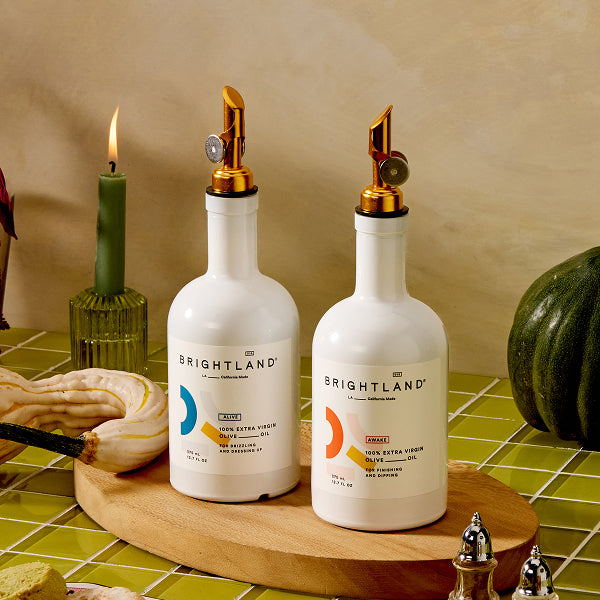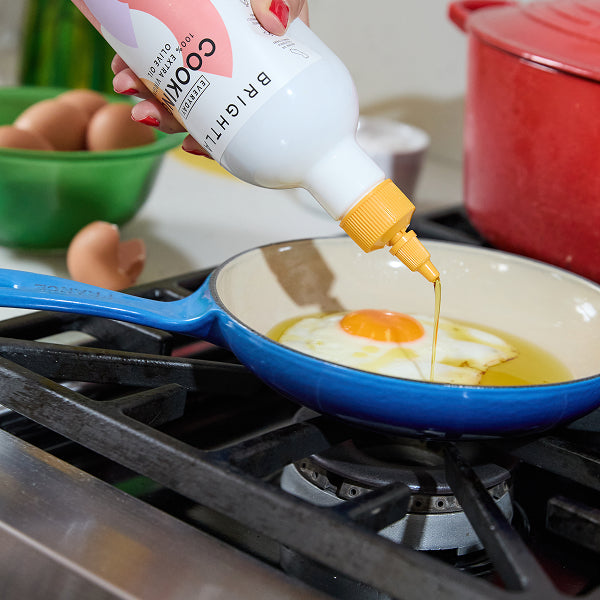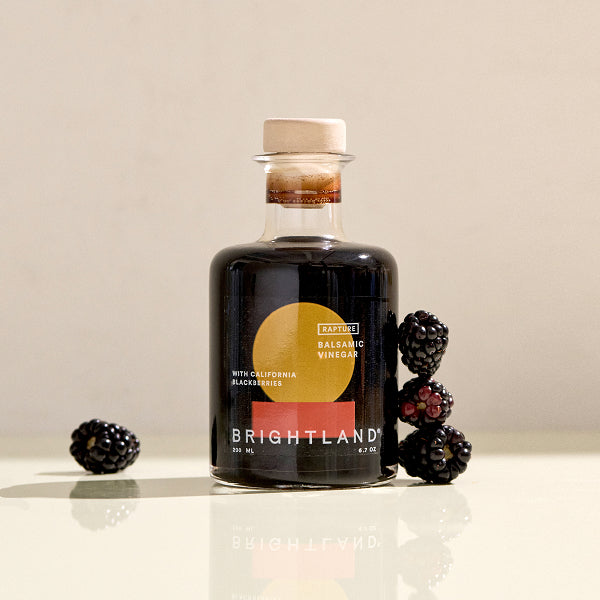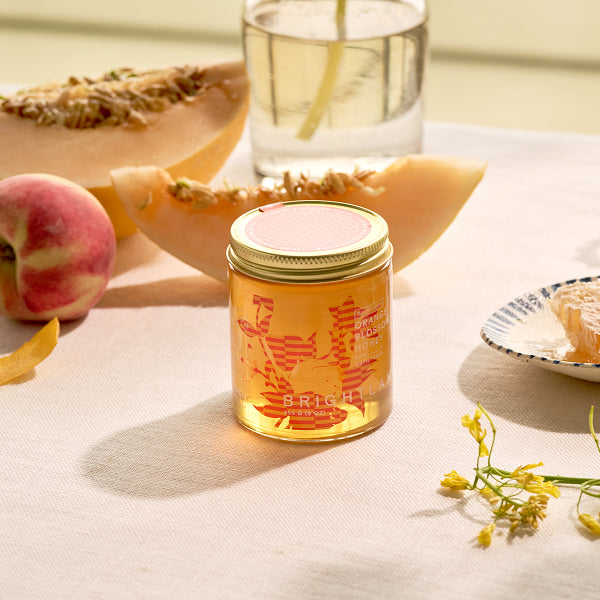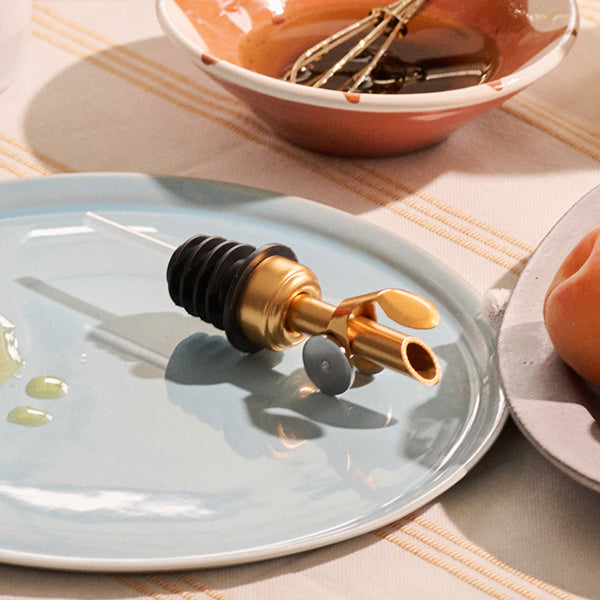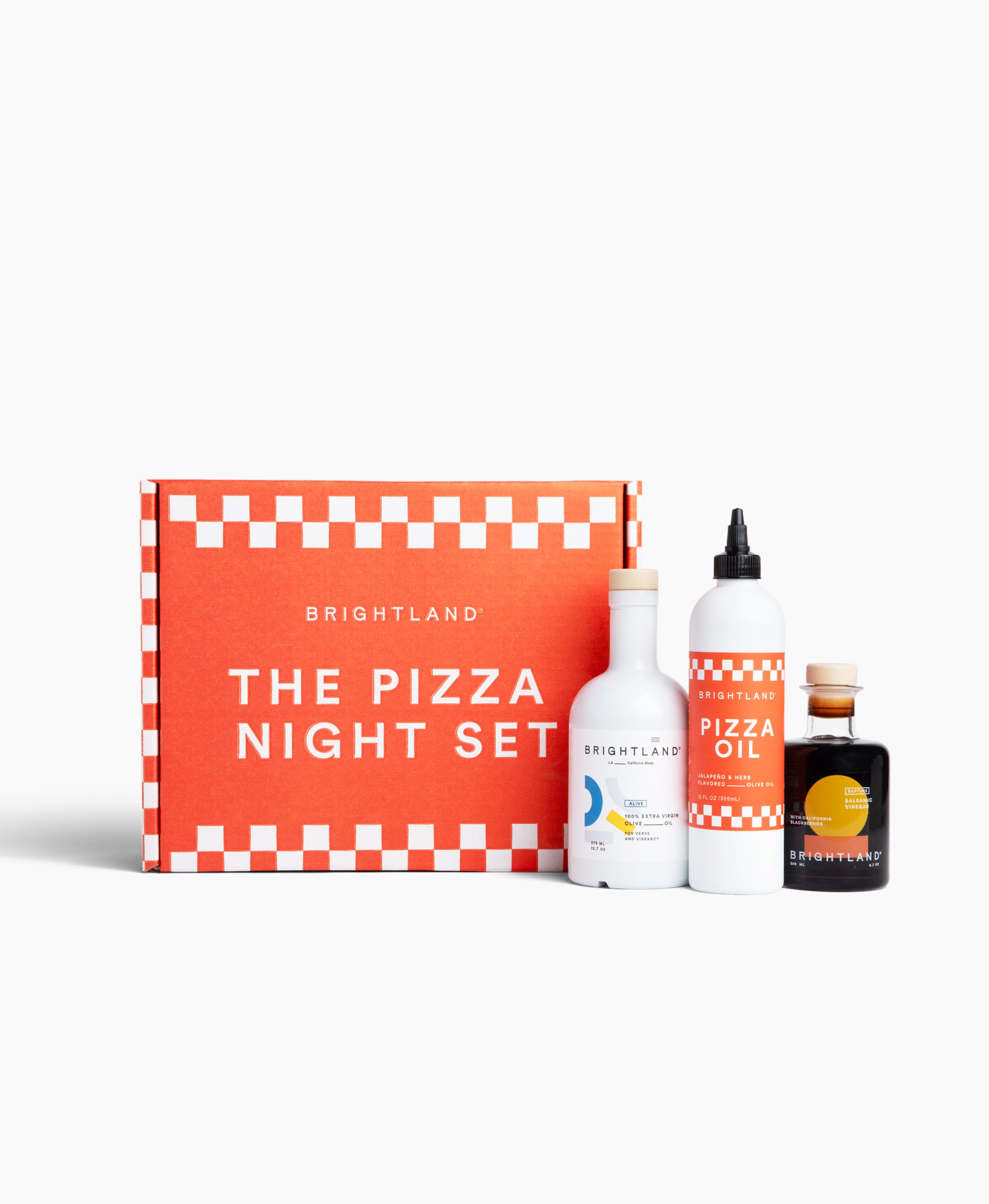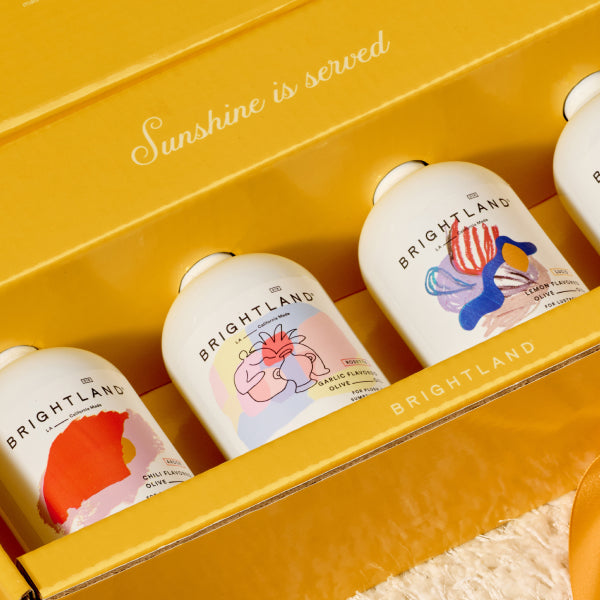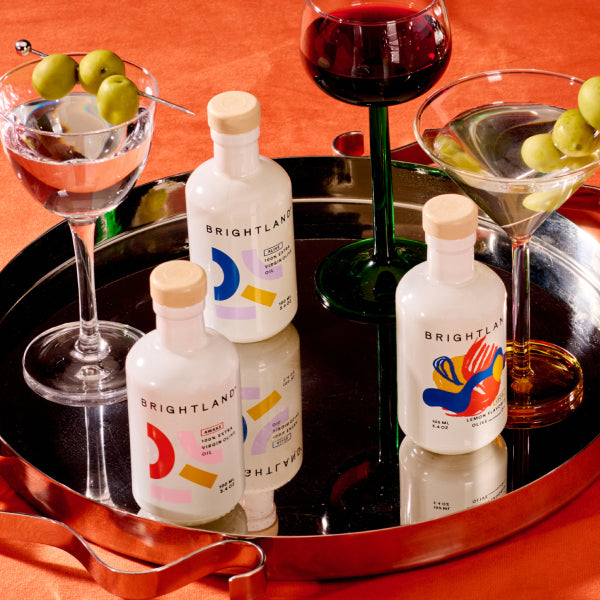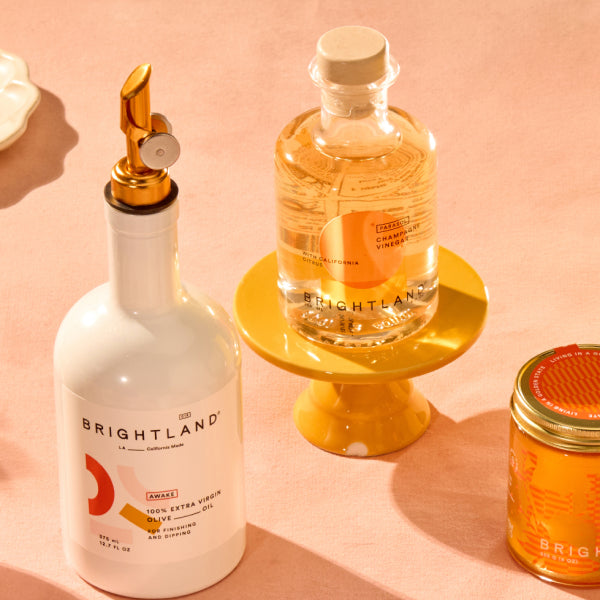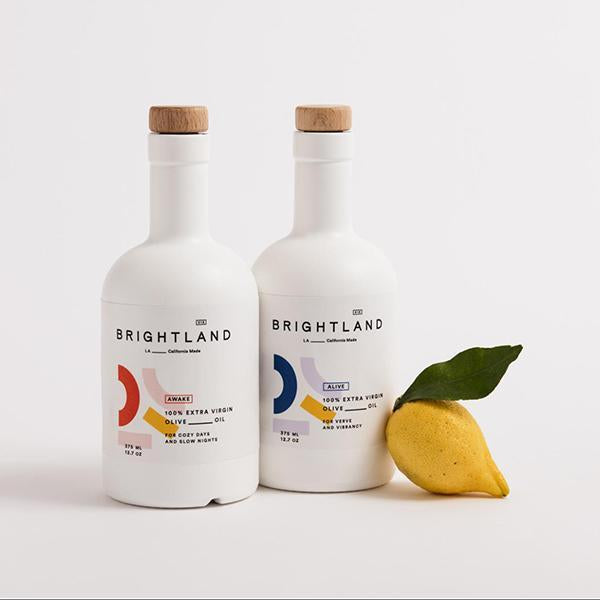
After many years of being shunned completely, fats are now back in the spotlight, thanks to new research that shows that some fats are indeed good for us. However, not all fats are healthy, and some are quite bad for you. Are you wondering, “What are healthy fats?” Here is what you need to know:
Why Fats Are Important
Fats are one of the three essential macronutrients — alongside proteins and carbohydrates — that your body needs to function. Fats affect your body’s cholesterol levels. Cholesterol is a fatty, wax-like substance that helps your body function properly. However, if you get too much cholesterol, it can build up and clog or block your arteries, leading to heart problems.
There are two kinds of cholesterol: HDL cholesterol, a.k.a. the “good” kind, and LDL cholesterol, a.k.a. the “bad” kind. To help reduce your risk of heart disease and stroke, you want to keep your HDL cholesterol levels high and your LDL cholesterol levels low. The major contributing factor for your HDL / LDL levels is actually the types and quantities of the various fats that you consume, not cholesterol consumption levels. Read on to discover what kinds of fats you should seek out and which kinds of fats you should avoid for healthier cholesterol levels
[close type="rte"][open type="images" count="1"]
What Are Healthy Fats?
While diets in the past focused on reducing or even eliminating fats altogether, new research has now shown that certain fats in moderation are actually good for us. However, not all fats are created equal. The most beneficial healthy fats that you need to know about are monounsaturated fats and polyunsaturated fats.
From a technical standpoint, monounsaturated fats have one unsaturated carbon bond in the molecule, a.k.a. a double bond, while polyunsaturated fats have more than one saturated carbon bond. Monounsaturated and polyunsaturated fats have many health benefits, including:
Increasing HDL cholesterol levels
Decreasing LDL cholesterol levels
Lowering the risk of heart disease and stroke
Lowering blood pressure
Preventing abnormal heart rhythms
Lowering triglycerides associated with heart disease
Preventing atherosclerosis, a.k.a. the hardening of the arteries
These fats can also increase your sense of satisfaction and help you feel full for longer after a meal, which help you maintain a healthy weight.
[close type="rte"][open type="images" count="1"]
In particular, we wanted to call out omega-3 fatty acids, a type of polyunsaturated fats that are especially beneficial for your health. Omega-3s can help protect against dementia and other forms of memory loss, relieve joint pain and arthritis, reduce inflammation, reduce symptoms of depression and reduce the risk of heart disease, cancer and stroke.
Monounsaturated fats are found in olives, olive oil, peanut oil, sesame oil, avocados, nuts and nut butters. Polyunsaturated fats (such as omega-3s) are found in walnuts, soybean oil, safflower oil, soymilk, tofu, flaxseed, fatty fish, such as salmon and tuna, and sunflower, sesame and pumpkin seeds. If you want to incorporate more healthy fats into your diet, prioritize these foods.
[close type="rte"]Shop High-Quality Extra Virgin Olive Oils
[open type="rte"]What Are Unhealthy Fats?
Trans fats are the most harmful type of fat. Small amounts of trans fats do occur naturally in meat and dairy products; however, these levels are so low that you do not need to worry about them. By far the largest source of trans fat is artificial trans fats, which are created when food manufacturers turn liquid oils into solid fats by adding hydrogen. While adding trans fats can make the taste and texture of a processed food more appealing, trans fats lower your HDL cholesterol, raise your LDL cholesterol and contribute to inflammation. All of these are associated with heart disease, stroke and other dangerous cardiovascular conditions.
While the Food and Drug Administration decreed that food manufacturers can no longer add partially hydrogenated oils to products as of January 2020, some food made prior to that point may still be in circulation, as these food products often have a very long shelf life. Even if the packaging claims to be “trans fat free,” you should still read the label carefully, as foods may contain up to 0.5 grams of trans fats while still being considered “trans fat free.” Usually, the trans fats will not be listed as such. Instead, look for ingredients such as hydrogenated or partially hydrogenated oils. Try to eliminate artificial trans fats from your diet as completely as possible.
Another less desirable fat to look out for is saturated fat. While not as harmful as trans fats, it can still negatively impact your health by raising your LDL cholesterol levels. Saturated fats are best limited to 10 percent or less of your daily calories. Try swapping them out for some of the healthy monounsaturated and polyunsaturated fats. Saturated fats can be found in whole-fat dairy products, butter, ice cream, lard, red meats, chicken skin as well as some plant-based oils, like coconut and palm oils.
[close type="rte"][open type="images" count="1"]
How to Eat More Healthy Fats
Looking to eat less unhealthy fats and more healthy fats? Here is what you should do:
Eliminate trans fats.
Artificial trans fats are so bad for you that this point bears repeating twice: you should avoid partially hydrogenated soybean oil and other forms of artificial trans fats if at all possible. While they may taste good, they have no nutritional value and are in fact very bad for you. Instead, focus on healthy fats like monounsaturated fats and polyunsaturated fats. They taste good and have wonderful health benefits, making it a win-win situation.
Reduce saturated fats.
In addition to eliminating trans fats, you should also keep an eye on how many saturated fats you are eating. Simple swaps may be enough to reduce your consumption of saturated fats. For instance, you can replace whole fat milk with a lower fat version, or switch to a plant-based milk such as oat milk. You can also replace red meat with nuts, fish, tofu and other forms of proteins that are higher in good fats. In particular, seek out opportunities to replace saturated fats with other types of healthy fats — for example, switching from butter or coconut oil to olive oil. You do not need to eliminate saturated fats completely, but you do need to limit your consumption.
[close type="rte"][open type="images" count="1"]
Eat less packaged foods.
Packaged and processed foods are known for containing unhealthy ingredients, including trans fats and saturated fats, as well as other chemical additives. They are also often high in sodium, sugar and other ingredients that can be detrimental to your health in large quantities. Carefully read the label of each packaged food before you buy it in order to see how many healthy and unhealthy fats it contains. Try to eat less packaged and prepared foods and instead shift your diet more towards cooking healthily at home.
Make replacements wisely.
Many people make the mistake of reducing or eliminating unhealthy foods from their life, only to replace it with something that is unhealthy in a completely different way. For example, if you are reducing the number of saturated fats that you eat, do not replace them by eating a bunch of refined carbohydrates that your body will just turn into sugar. Instead, focus on replacing these items with healthy food, such as the good fats discussed earlier in this article. After all, if you are going to go to the trouble of cutting out unhealthy things from your diet, you want that hard work to pay off!
[close type="rte"][open type="images" count="1"]
Cook with olive oil.
Not only is olive oil a cooking staple, it is also full of healthy fats. If you have never cooked with olive oil before, then try to switch to using this fantastic ingredient. Olive oil can be used for roasting, sauteing, pan frying and other cooking techniques. It can even be used as a substitute for baking recipes. If you cook at home in any capacity, you should absolutely have a bottle of California extra virgin olive oil in your pantry.
Snack the smart way.
Snack foods are often a significant source of unhealthy fats. Even if you carefully prepare healthy meals at home, if you tend to reach for easy packaged snacks in between meals, you might still be getting unhealthy fats as well as chemical additives and sugar through your snacking. Instead, select healthy alternatives such as an avocado or a handful of nuts. These items are high in healthy fats, which will make for a satisfying snack that will help you feel full for longer, even as it gives your health a boost.
Make your own condiments.
Packaged condiments that you get at the store are more likely to contain unhealthy fats as well as other ingredients that are not good for you. Instead of reaching for these all the time, try making your own condiments at home. It is actually pretty easy to grind your own nut butters or to mix your own salad dressing from extra virgin olive oil, vinegar, lemon juice and herbs. Once you see how delicious your homemade creations taste, you might never want to go back to the store-bought varieties again.
Eat enough omega-3 fats.
Omega-3 fats are extremely beneficial for both your brain and your body, which is why it is so important to get enough of them. Evaluate your diet and make sure that you have enough sources of omega-3 fats throughout the day. If you do not, then figure out ways that you can add omega-3 rich foods into your rotation. While you can take omega-3 supplements, it is much more delicious to eat the many tasty food sources where omega-3 fats occur naturally.
At Brightland, we ship high-quality olive oil straight to your door for the ultimate convenience. Shop from our wide selection, which includes traditional extra virgin olive oils, flavored olive oils and even olive oil sets.
[close type="rte"]
